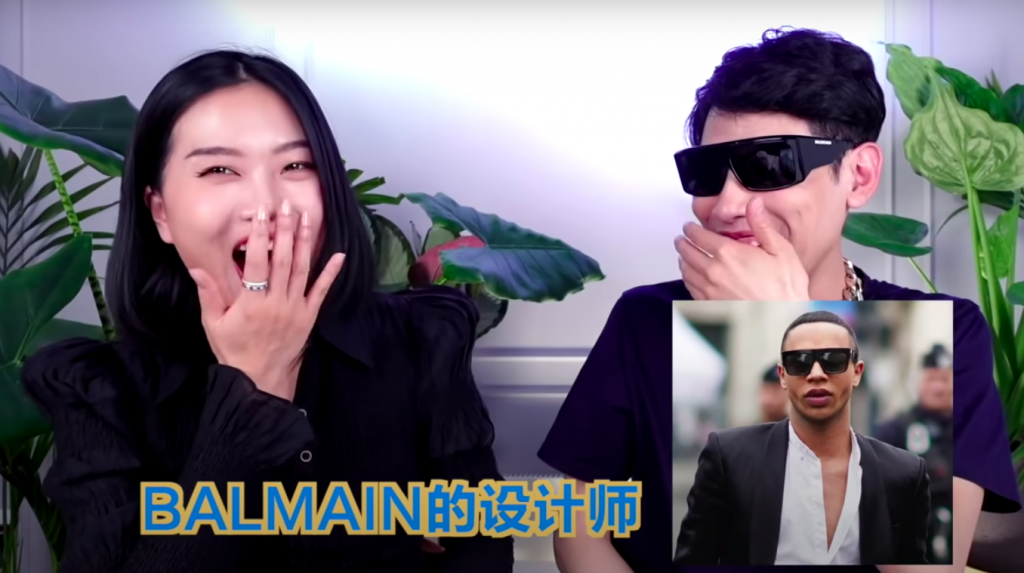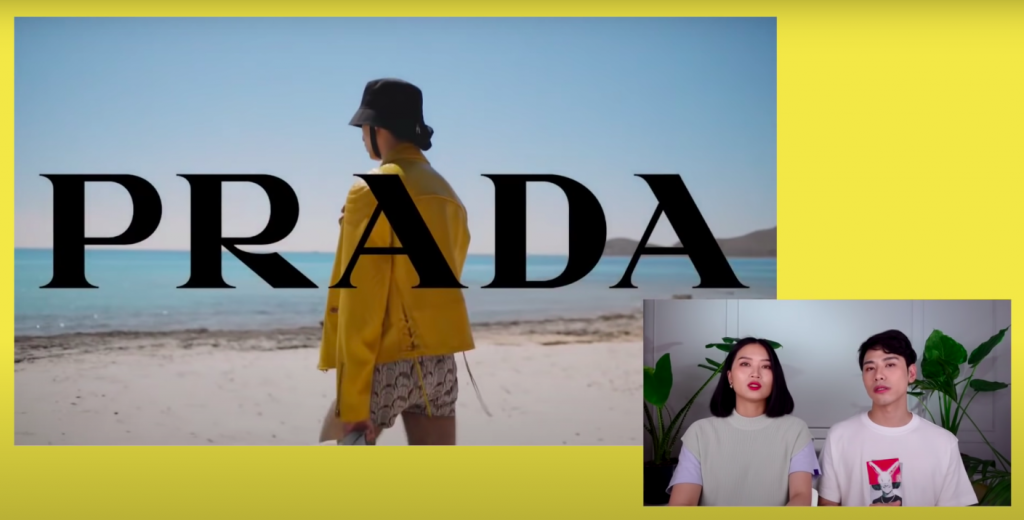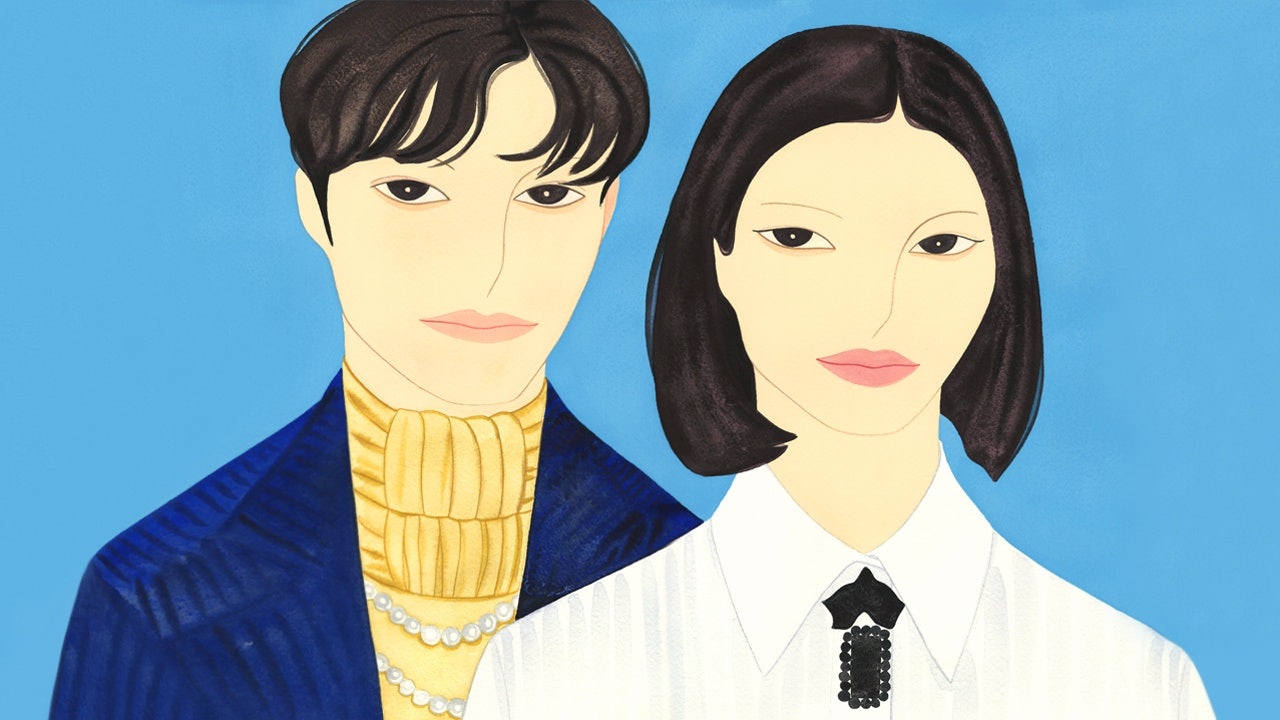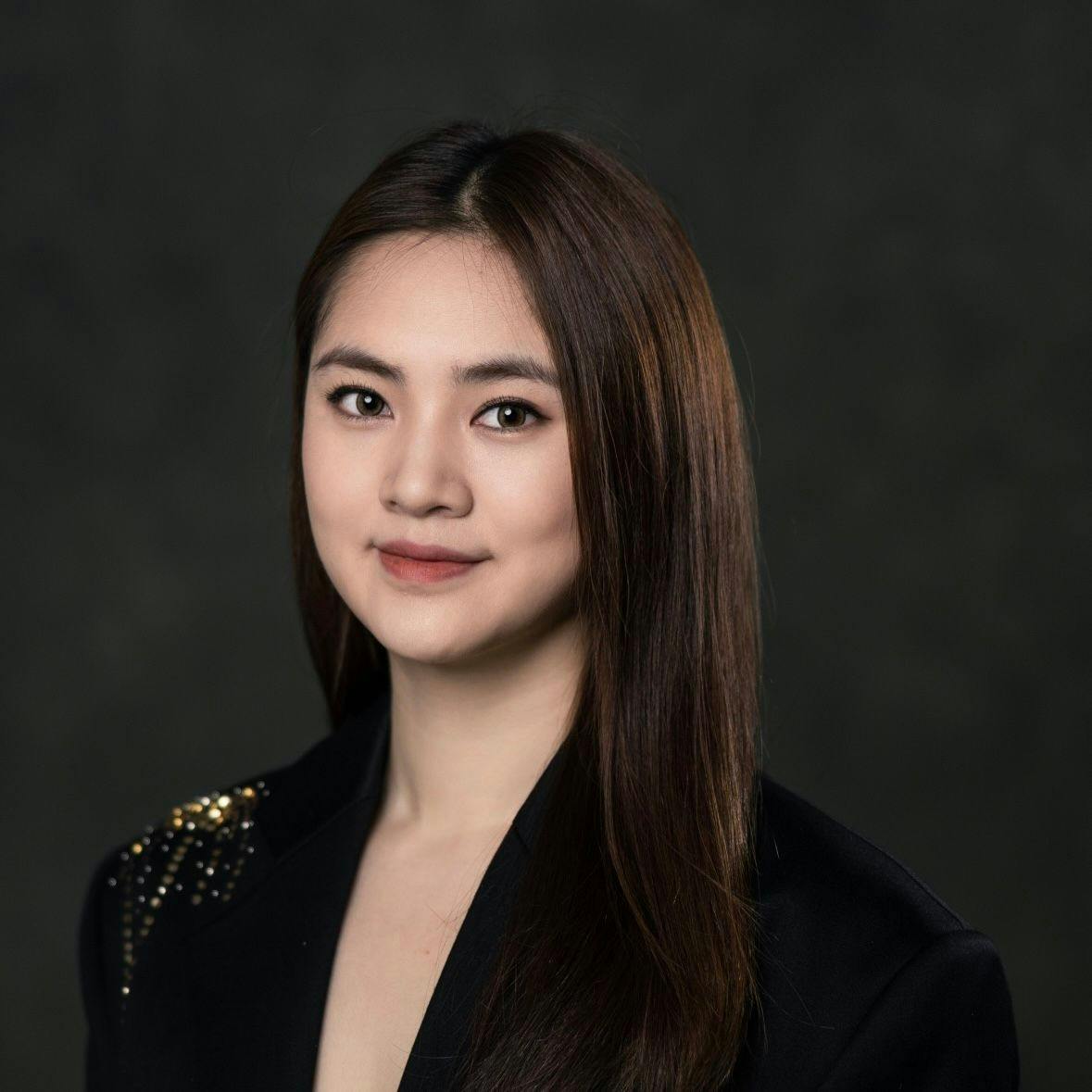The fashion influencer duo Aha Lolo is the next creative to be highlighted as part of the Jing Daily community of individuals shaping China’s booming fashion industry. This section profiles industry leaders who contribute to the national and global fashion communities, from creatives and influencers to business executives and entrepreneurs.
London-based Chinese fashion influencer duo Aha Lolo has racked up a combined social following of 2.8 million since debuting during the COVID-19 outbreak. Distinct from typical influencers who acquire fame by posting stylish looks or impressive shopping hauls, the rapid growth of Aha Lolo can mainly be attributed to its video runway reviews on YouTube, Weibo, and the Gen-Z favorite, Bilibili.
Founded by Aha, a jewelry designer who graduated from Central Saint Martins, and Lolo, a fashion director, the namesake channel was inspired by digital runways, which have seen a surge in demand since the pandemic. In response to this trend, the two insiders started sharing their reactions to presentations, shows, and the history behind these brands in a series of disruptive videos.
So far, renowned houses such as Dior, Yves Saint Laurent, and Balenciaga, alongside relatively niche names in China like Maison Margiela and Jil Sander, have all featured on their checklist. Their delivery, which involves dressing casually, using hilarious memes, and following engaging scripts, allows their videos to challenge stigmas of traditional fashion criticism — often uses obscure or flowery rhetoric — published on established fashion outlets.
Aha Lolo’s gossipy discussions have also elevated the accessibility of the veteran house legacies that shaped today’s fashion scene. Here, Jing Daily spoke with the two influencers about their take on fashion criticism in the digital age and their role in connecting luxury houses and audiences.
Why is video so appealing compared to other media?#
Unlike other media like written articles or audio programs, videos can be loaded with more information, which is ideal given our expertise and interest in fashion history. In addition to that, from the very beginning, our image and content are curated to be accessible and fun, and video is an easier way to engage the general public.

The field is highly competitive, especially when on Bilibili. How did you find your niche among other fashion KOLs who also make video content?#
First of all, we are not comparable to typical Bilibili video-makers or uploaders who aggressively apply site-specific language and editing tactics to their content. Of course, our videos are lighter than traditional fashion criticism. But I am not saying that old-fashioned commentary is problematic, as their preciseness and critical analysis are valid in academic research. However, from the perspective of public communication in today’s social arena, they are not adaptive enough.
Meanwhile, our channel is more like a program dedicated to introducing fashion-related knowledge to both insiders and outsiders, which means we need to consider how to translate often technical or obscure statements from designers or houses into audience-friendly phrases.
Where does your inspiration come from, and how do you develop your pitches?#
Our channel is 100 percent follower-centric, given that our channel is identified as “we-media'' (democratized media), where traffic is the lifeblood. And as we’ve mentioned, popularizing fashion and the cultural references behind collections is part of our goal. So we pick over what we assume audiences interested in fashion need to know to be informed.
Are you worried about brand relationships, given that you sometimes make negative critiques?#
Not really. Fashion critics have to maintain a fair and objective manner. Otherwise, the commentary cannot be labeled criticism. We have always tried our best to be critical and reasonable as much as we can when making comments and arguments — whether they are positive or negative.
How does your typical follower look? Have you seen any differences between your Youtube and Bilibili subscribers?#
In general, our followers are Gen-Z luxury consumers and potential customers who are enthusiastic about fashion. Geography-wise, Chinese followers are primarily residents of Beijing, the Yangtze Delta [Shanghai, Jiangsu, and the Zhejiang Province], and the Pearl River Delta [Guangdong Province].
But it still depends on the platforms. For example, Bilibili users are mostly students who are more like “reserve forces” or immature consumers for luxury houses, while our Little Red Book and Youtube users have relatively stronger buying power. Apart from that, we haven’t seen any other distinction between subscribers on Youtube and Bilibili.
Virtual experiences have surged during the pandemic. How has the digital revolution shaped the fashion landscape?#
We’ve mentioned that digital runways are a huge opportunity for both brands and influencers like us. But physical fashion shows won't get permanently canceled as they are not only presentations but involve behind-the-scenes conversations between industry insiders and showrooms.
Digital communication strategies will be consistently important to luxury houses moving forward, especially in China's market. From livestreaming, short videos, and medium-length videos, these tools allow brands to reach different tiers of audiences.
Can you share any future plans for your channel? Since short videos go viral on social media more easily, have you thought about tapping into this trend?#
We will focus on more in-depth investigations that unveil the inside story of the fashion industry but are still figuring out what specific forms we should adopt.
Speaking of the length of the videos, we don’t think short videos are more advantageous than long videos. Though short videos can drive traffic in the short term, the stickiness of their followers is weak. There will always be people willing to take time and watch long, in-depth videos. We don’t want to sacrifice our commitment to quality to attract more attention and cater to certain reading preferences. If you’d like to have fast food, you can. But if you want to learn more, you are always welcome to our channel.

Lastly, of all the big names you have collaborated with, which was your favorite?#
Louis Vuitton, Balenciaga, and Chanel are our picks as we love their brand legacies, cultures, and imagery. We would not partner with brands that we cannot relate to or don't share our values.


